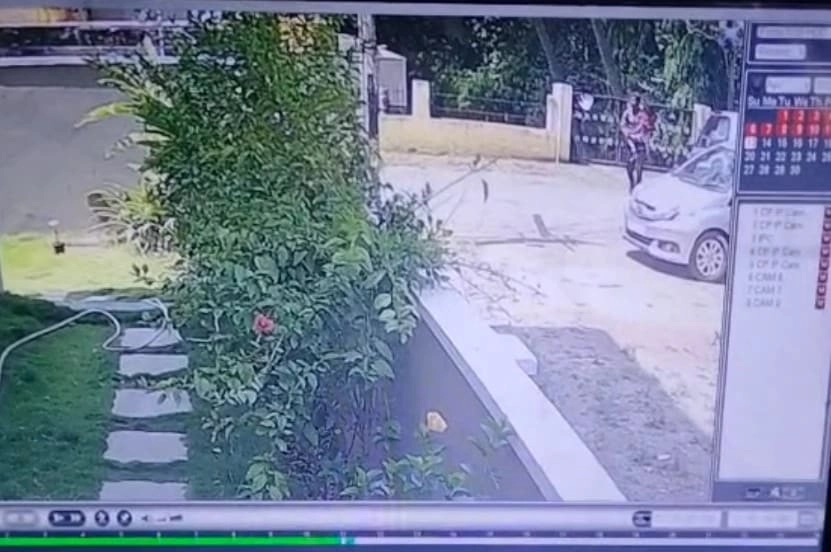Ladakh, a region known for its stunning landscapes and rich cultural heritage, has recently witnessed a significant movement advocating for statehood. The Big Statehood Movement in Ladakh emerged following the Indian government’s decision in August 2019 to abrogate Article 370, which granted special autonomy to Jammu and Kashmir, and subsequently bifurcated the state into two Union Territories: Jammu & Kashmir and Ladakh. This political shift has ignited widespread concern among the local population, who fear losing their identity, culture, and resources. Protesters are now rallying for greater political representation, administrative autonomy, and the establishment of Ladakh as a full-fledged state within India.
The demands of the protesters are multifaceted and deeply rooted in the region’s socio-economic context. Primarily, they seek the preservation of Ladakh’s unique identity and culture, which they believe is at risk due to increased migration and changes in governance. They argue that statehood is essential for ensuring local participation in decision-making processes and for safeguarding their land and resources from external exploitation. Additionally, protesters are advocating for a legislative assembly that would empower the local populace to address their concerns effectively and prioritize development initiatives that align with their cultural and environmental values.
The movement has gained significant traction, uniting diverse groups including students, local politicians, and civil society organizations. Demonstrations have taken place across the region, highlighting the urgency of their demands. Supporters of the movement argue that statehood would enable Ladakh to manage its unique challenges, such as environmental conservation, tourism management, and infrastructure development, without the interference of distant bureaucracies. The call for statehood is not just a political aspiration; it embodies a deep yearning for recognition, self-determination, and the ability to shape the future of Ladakh according to the will of its people.
As the movement continues to gain momentum, the response from the central government remains a critical factor. While the Indian government has indicated a willingness to engage in dialogue, the outcome of this movement will depend on the ability of both the protesters and the authorities to find common ground. The Big Statehood Movement in Ladakh is emblematic of broader aspirations for autonomy and self-governance seen across various regions in India, reflecting a growing desire among marginalized communities for a more equitable political landscape. The future of Ladakh hangs in the balance, as the voices of its people echo through the valleys, demanding a place of dignity and respect in the Indian union.




